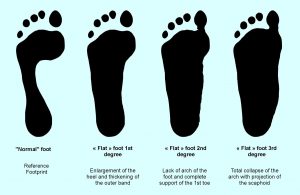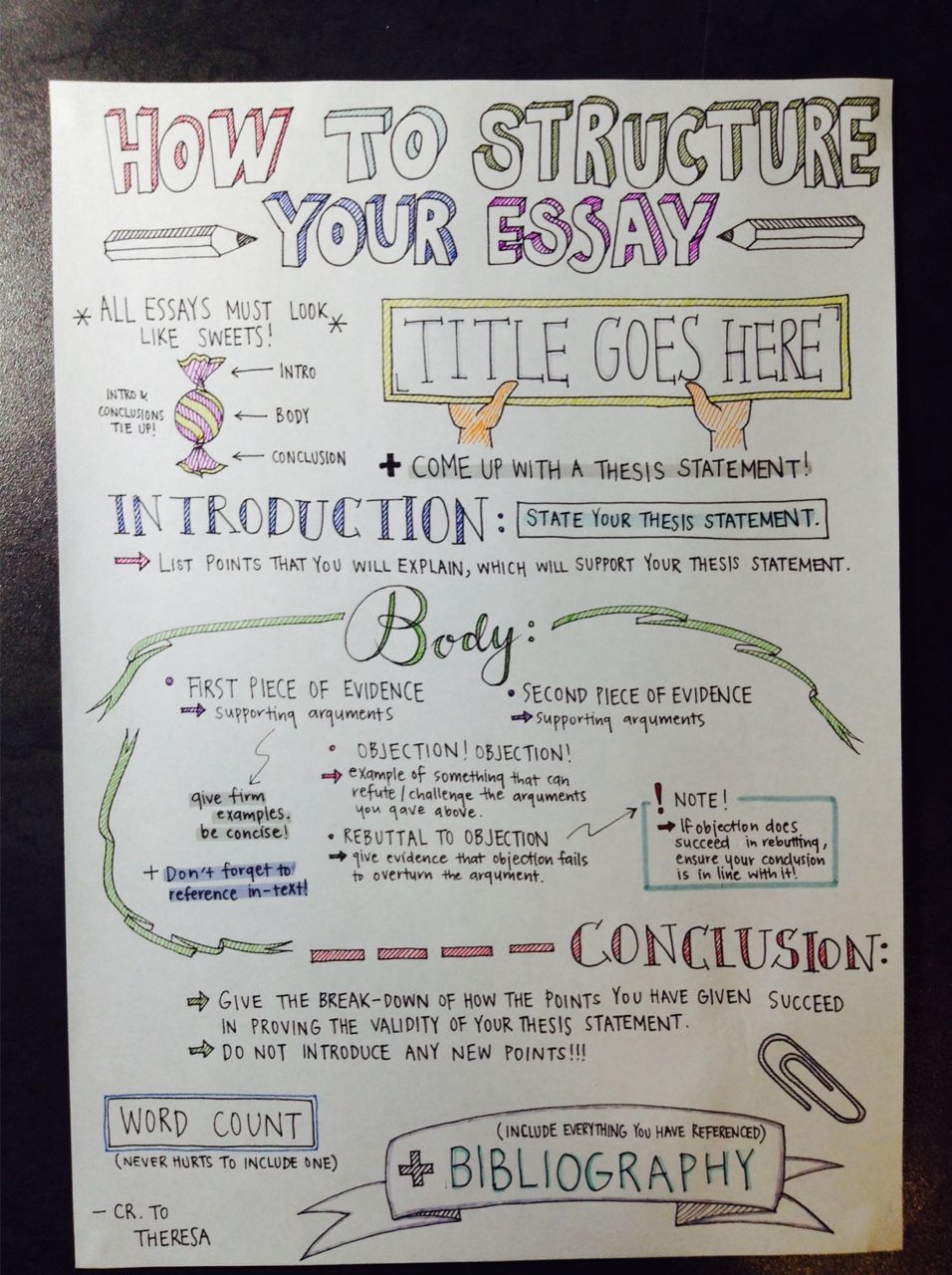
Flat feet
Flat feet
Some questions answered
- What are flat feet?
- What causes flat feet?
- When should I consult professional help?
- What can be done about flat feet?
- I had to wear special shoes as a child for flat feet. Should my children be given these?
What are flat feet?
Most people’s feet have a space on the inner side where the bottom of the foot is off the ground (the “arch” of the foot). The height of this arch varies a lot from one person to another. Small children do not have an arch: it develops between the ages of 3 and 10. People who have a low arch, or no arch at all are said to have flat feet. Sometimes they are said to have “fallen arches”, but as most of these people always had a low arch the term is misleading.

What causes flat feet?
In many people, that is just the shape the foot is. It may run in the family, and both feet are usually much the same and reasonably supple.
Flat foot develops many a times later in life. This entity is called Acquired Adult Flat feet ( AAFF) This may be due to a ruptured tendon (the tibialis posterior tendon), or arthritis or an injury causing stiffness and distortion of the joints of the foot.
Some people with diseases of the nervous system or muscles such as cerebral palsy, spina bifida or muscular dystrophy may develop flat feet because some of their muscles are weak and their muscles do not work well together. Their feet are usually stiff and the deformity tends to get worse with time.
What trouble do flat feet cause?
As far as child hood flat feet it is usually none! Some people with flat feet get aching in the arch, around the ankle or down the outer side of the foot, but all these can occur in people with “normal” arches too. People with very over-pronated feet tend to wear shoes out very quickly.
Acquired Adult flat feet is on the contrary is quite painful. Here there is progressive collapse of the arch due to dysfunction of Tibialis Posterior muscle.
When should I consult professional help?
Most genetic flat feet cause no trouble and do not need treatment. You may consider consulting your Foot and Ankle surgeon if
- Your feet cause you a lot of pain that is not helped by wearing well-fitted shoes
- Early Wear out of your shoes
- your foot or feet seem to be getting flatter
- Stiff foot
- you cannot feel your feet normally, or they seem weak
What can be done about flat feet?
In most genetic cases, no treatment is needed as the flat feet cause no trouble. Most people whose flat feet ache feel better in well-fitted shoes: sometimes an extra-broad fitting helps. If you have troublesome mobile over-pronated feet, an insole, which prevents your feet rolling over so much, can help a lot.
Children who have an abnormal foot because it has not developed properly may need an operation to straighten the foot or to separate fused bones. These are rare causes of flat foot in children: most children have mobile flat feet which need no treatment, or occasionally an insole because of pain or shoe wear.
People with flat feet due to a disorder of the nervous system may need special insoles, shoes or braces to support their feet or legs. A number of these people will need an operation to straighten their feet.
An Adult Acquired flat foot due to a ruptured tendon are usually progressive and needs treatment. Early stages can be managed with medications and proper insoles. However with progression of stages arthritis might develop and these people will need an operation to straighten their foot.
I had to wear special shoes as a child for flat feet. Should my children be given these?
Probably not. Although the common causes of flat feet tend to run in families, most of these feet do not cause any problems and do not need treatment.
It used to be thought that flat feet in children should be treated in special shoes, insoles or callipers to stop problems developing in later life. We now know that this was wrong. These treatments do not work: children treated in this way end up the same as similar children who are not treated, and the child often refuses to wear the shoes, insoles or callipers. There is no evidence that treating flat feet in childhood prevents problems in adult life and most of these children will not get problems as adults even if left untreated.
The only reason to treat your child’s feet would be if they cause a lot of pain or wear out their shoes very quickly. In this case, modern practice would usually be to advise an insole that fits inside the shoe.
ALSO READ


How To Choose The Ideal Paper Writing Service
Posted On 24 May 2023
When you use a paper writing service, then you are picking a company that's devoted to your needs. They are…
APA Live Chat – The Way I Could Write My Paper?
Posted On 8 May 2023
If you've got a big test coming up and you need to have it done on time, and then you…
How to Write My Paper Cheaply
Posted On 7 May 2023
There are many ways to compose my paper inexpensively. In fact, some approaches can actually save money for the writer.…
Posted On 4 May 2023
Have Fun and Enjoy a Fun Way to Enjoy your time at home by playing free slots at the casino…
How to Write My Essay About Writing Sample Papers
Posted On 23 Apr 2023
Are you worried about how to write my own article? I understand, it's somewhat intimidating when you first begin learning…

College Application Essay Writing Service Voucher Reddit.com
Posted On 12 Apr 2023
This will suggest having a apparent being familiar with of the supply material or the subject and sticking shut to…

Quality Custom Essay Writing Service Reddit.com
Posted On 12 Apr 2023
Many universities present distinctive deals with savings which you could uncover fascinating. This way you will hardly ever free the…
Reddit Custom Essay Writing Service For Cheap
Posted On 12 Apr 2023
The Looming Questions: Will the reserve be a accomplishment or not? How considerably would this maximize your composing money? Now,…
Reddit Essay Writing Service Atlanta Ga
Posted On 11 Apr 2023
Pretty much as vital as firm any time you are producing essays, is concept generation. Nothing at all will kill…
Reddit.com Persuasive Essay Writing Service Online
Posted On 11 Apr 2023
As aspect of the organizing for faculty admissions, a timeline ought to be established in progress. Consequently, your site visitors…